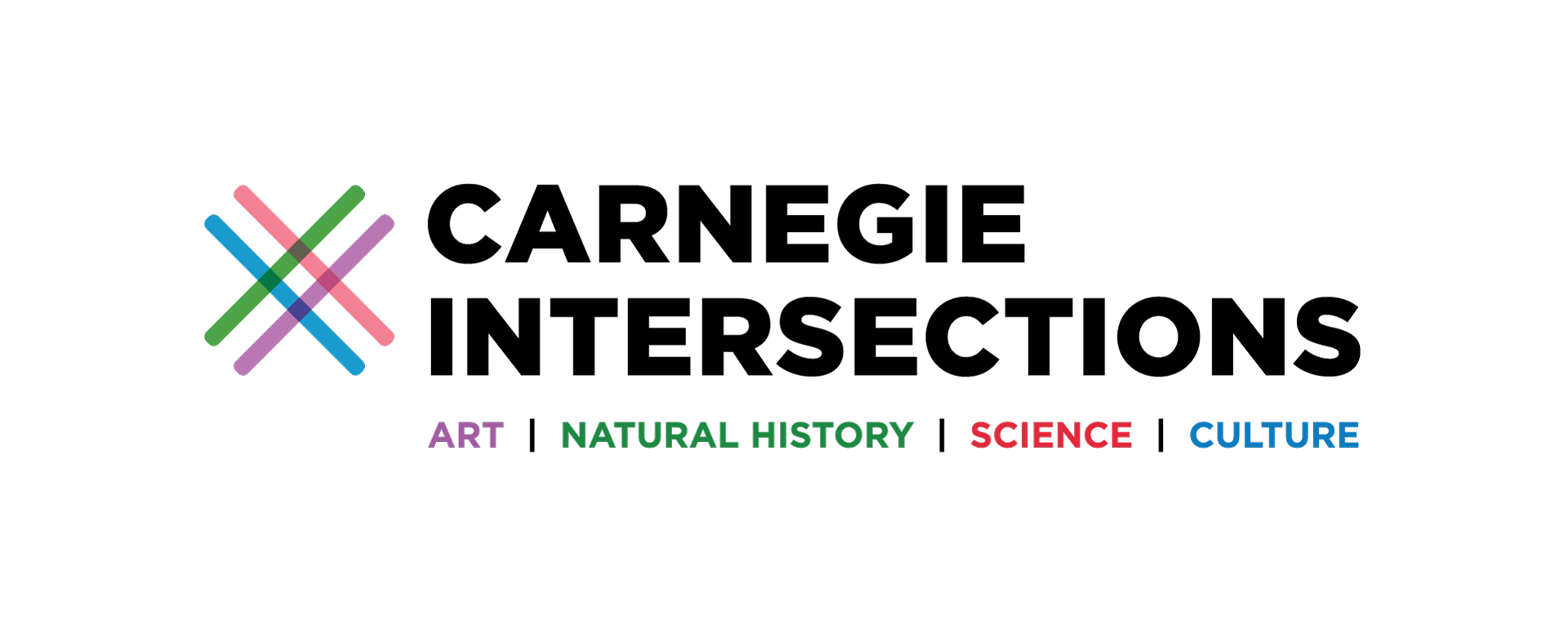About This Course
Humans are part of (rather than separate from) nature. This cross-disciplined course will use the lens of art, natural history, science, and culture, to explore:
- What role(s) do emotions and feelings play in our understanding of the world and our responsibilities in it?
- How can we take action to support causes we care about?
- Learners will:
- Ientify and describe their own emotional responses to environmental change.
- Eexplore ways individuals and groups have responded to the realities of environmental change.
- Analyze artworks to understand the artists’ message and stylistic choices.
- Consider how human behaviors have impacted the environment in the past, are impacting the environment in the present, and have the potential to impact the environment in the future.
- Try out different ways individuals can raise awareness about causes they care about.
More Information
Our Read Along feature allows learners to read AND listen to the text on each page. This feature also provides TRANSLATION options for over 25 languages!
All learners are provided individual accounts for personalized learning.
Guides-on-the-Side may monitor, assess, and interact with learner activities and discussions.
Coursework adheres to national standards and focuses on 21st Century Learning skills.
This course meets the following National Standards:
STEELS Standards:
- 3.5.9-12.O Technology and Engineering: Design Thinking in Technology and Engineering Education
- 3.4.9-12.H Environmental Literacy and Sustainability: Sustainability and Stewardship
- 3.3.9-12.E Earth and Space Science: Weather and Climate
- 3.5.9-12.I (ETS) Technology and Engineering: Applying, Maintaing, and Assessing Technological Products and Systems
Next Generation Science Standards:
- HS-ETS1-2 Engineering Design - Design a solution to a complex real-world problem by breaking it down into smaller, more manageable problems that can be solved through engineering.
- HS-LS2-7 Ecosystems: Interactions, Energy, and Dynamics - Design, evaluate, and refine a solution for reducing the impacts of human activities on the environment and biodiversity.
- HS-ESS3-5: Global Climate Change - Through the magnitudes of human impacts are greater than they have ever been, so too are human abilities to model, predict, and manage current and future impacts.
- HS-ETS1-3: Engineering Design - Evaluate a solution to a complex real-world problem based on prioritized criteria and trade-offs that account for a range of constraints, including cost, safety, reliability, and aesthetics as well as possible social, cultural, and environmental impacts.
Common Core English Language Arts Standards:
- CCSS.ELA-LITERACY.CCRA.SL.1: Comprehension and Collaboration - Prepare for and participate effectively in a range of conversations and collaborations with diverse partners, building on others' ideas and expressing their own clearly and persuasively.
- CCSS.ELA-LITERACY.CCRA.SL.1: Comprehension and Collaboration - Prepare for and participate effectively in a range of conversations and collaborations with diverse partners, building on others' ideas and expressing their own clearly and persuasively.
National Core Arts Standards:
- Anchor Standard 7: Perceive and analyze artistic work.
- VA:Re.7.1.IIa Recognize and describe personal aesthetic and empathetic responses tothe natural world and constructed environments.
- VA:Re.7.2.IIa: Evaluate the effectiveness of an image or images to influence ideas, feelings, and behaviors of specific audiences.
- Anchor Standard 10: Synthesize and relate knowledge and personal experiences to make art.
- VA:Cn11.1.IIa: Compare uses of art in a variety of societal, cultural, and historical contexts and make connections to uses of art in contemporary and local contexts.
- VA:Cr1.1.IIIa - Visualize and hypothesize to generate plans for ideas and directions for creating art and design that can affect social change.
- VA:Re.7.1.IIa - Hypothesize ways in which art influences perception and understanding of human experiences.
- VA:Cn10.1.IIIa - Synthesize knowledge of social, cultural, historical, and personal life with artmaking approaches to create meaningful works of art or design.
21st Century Learning Skills Addressed in this Module:
- Creativity
- Critical Thinking
- Communication
- Information Literacy
- Flexibility
Note: All online purchases must be made via credit card.
We require a minimum of TWO learner licenses in order to enroll a Guide-on-the-Side role
(Educators, you must purchase a seat for yourself to be enrolled as the Guide-on-the-Side.)


